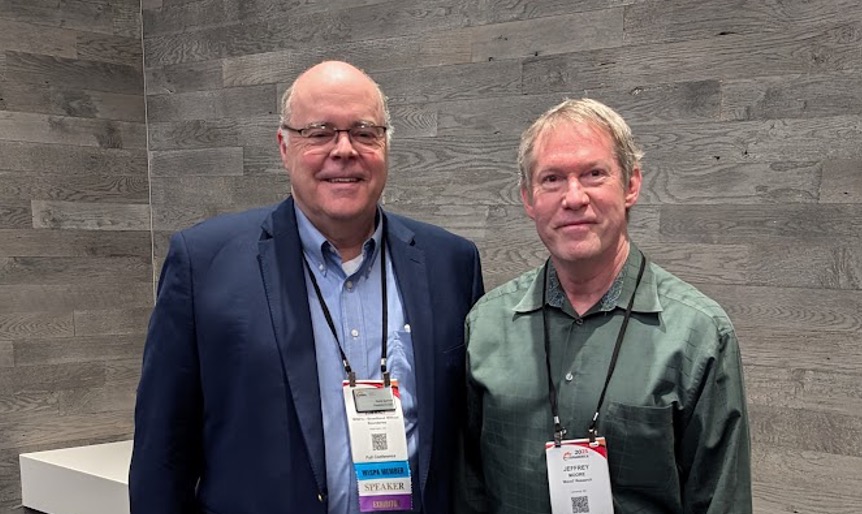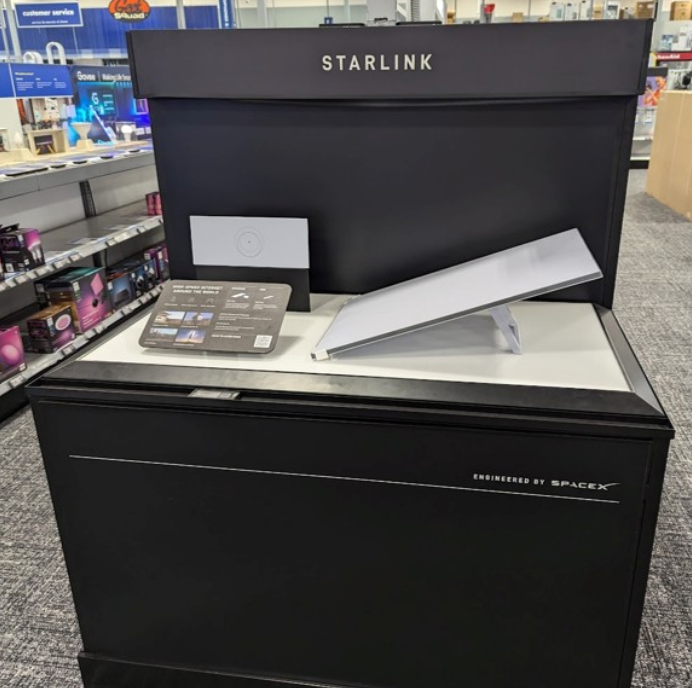Fixed wireless has been comprising close to 100% of broadband net additions in recent years. How can this be true? I believe that fiber is the greatest telecom invention ever and it provides superior throughput, so how can we explain the recent add share dominance of wireless providers?
Recent fixed wireless dominance
A new report by New Street Research indicates that fixed wireless additions will comprise close to 100% of residential broadband additions in 2025, with this percentage only slipping modestly in subsequent years. This is not so new, as Leichtman Research has reported that fixed wireless comprised 104% of broadband net adds in 2023, up from 90% in 2022, as seen in this March 2024 Light Reading report. These figures are based on publicly available numbers from wireless carriers, top cablecos, and top telcos.
How could this be true? Fiber is a superior technology. For starters, Recon Analytics founder Roger Entner wrote in RCR Wireless News in January that fixed wireless providers have higher net promoter scores, while providing more affordable pricing and a simpler process for discontinuing service.
Reasons for fixed wireless gains
I would use another analogy. There is no linear relationship between speed and satisfaction. Having a car that can travel 500 MPH will do little to improve travel times, as law enforcement is not likely to be amused by such speeds. As long as a household can receive several streams of video, speeds are sufficient.
Wireless speeds are getting better. Ookla recently published the results of a study showing that T-Mobile’s median download speeds have improved steadily in recent quarters to exceed 200 Mbps. The same study shows speeds from Verizon and AT&T that are close to 150 Mbps. Watching your favorite YouTube video sounds like an option in all three cases.
Speeds from WISPs (wireless Internet service providers) are improving also. The Carmel Group in 2021 estimated that there are roughly 2,800 WISPs in the U.S. Tarana, an equipment maker, has claimed that its gear provides “fiber-class internet service at a fraction of fiber’s cost and complexity.” Other equipment makers have also made upbeat claims about speed and capacity.
Emerging options
Starlink is now sold at Best Buy, as I tweeted on April 18 and the Best Buy page for Starlink sales is here. Yes, this satellite service has higher start-up and monthly costs while having higher latency. However, Starlink is touting one of its plans as providing service for “RVs, nomads, and campers, and working on the go.”
Starlink, Hughesnet, and Viasat all provide satellite broadband options that are available wherever there is a view of the southern sky. Their share of residential Internet is only 1-2%, but all three provide connectivity options in remote areas and at sea, in addition to backup Internet options for businesses.
Ease of setup has been a major selling point for wireless carriers. “Easy set-up home internet” is currently being pitched on T-Mobile billboards and Verizon is also providing free routers.
What about the WISPs?
WISPs rarely report their numbers, so their exact subscribership in unclear. Many of America’s WISPs gather for two annual conferences. One is the WISPAPALOOZA event that is held every October in Las Vegas, as detailed here, and the other is the WISPAmerica event that happens every March in various cities, with recent WISPAmerica conferences taking place in Oklahoma City, New Orleans, and Louisville.
WISPs primarily fill a niche, which is providing connectivity in rural areas – areas where cablecos and telcos sometimes provide subpar connectivity.
WISPAmerica 2025

I attended the recent WISPAmerica 2025 event in Oklahoma City. It was a good event and I particularly liked the networking opportunities, as it is a good way to get to know the men and women who operate America’s WISPs, while meeting many others in the larger Internet ecosystem. WISPAmerica 2025 had nearly 1,000 attendees and more than 120 exhibitors, as well as many educational sessions.
Interview with WISPA President David Zumwalt
At the conference, I had the opportunity to interview WISPA President David Zumwalt. When I interviewed him at WISPAmerica 2024 a year ago, one major conclusion was that 30% of WISPs were deploying fiber. This year, he said that the number was more than 30% and he pointed out the large number of fiber-focused vendors on the trade show floor. I agreed, as I had seen booths for a wide array of vendors of fiber-related service on the show floor.

Zumwalt also commented that some WISPA members were excited about the possibilities of mmWave-based connectivity. There are applications for mmWave in the MDU (multiple dwelling unit) and enterprise space. Zumwalt also said that satellite providers such as Starlink “are going to be a factor.”
Zumwalt noted the interest in venture capital in the sector. The keynote speaker at the event was Robert “Bobby” Franklin of the National Venture Capital Association, who reminded members about the role they can play in making the case for capital investments.
Writing in LinkedIn a few days ago, as seen here, Zumwalt has made the case that BEAD funding should be more even-handed, giving the example of a fiber project with a cost of $77,000 per home passed. He argued that this is “fiscal recklessness” and made the case that any funding should bear in mind the investments that WISPs have made in rural areas that sometimes have been overlooked by larger providers.
Perspective from WISP Owner in Kentucky
Kentucky Fi owner John Gill in March published to LinkedIn his thoughts about fixed wireless. The WISP covers 550 square miles of rural Kentucky, generally south of Lexington. Gill argued that “most customers just want fast, reliable internet and couldn’t care less about what the last-mile uses,” likening fixed wireless to Wi-Fi, with the tower functioning much like a router.
I met with Gill and I agree with his perspective. Fiber remains the best invention in the history of telecom, but customers care more about customer service, costs, and ease of setup and operation — amid a strong tailwind of improving wireless technologies and speeds. Taking all these into account, it is not shocking that fixed wireless providers have been dominating add share in recent years.


